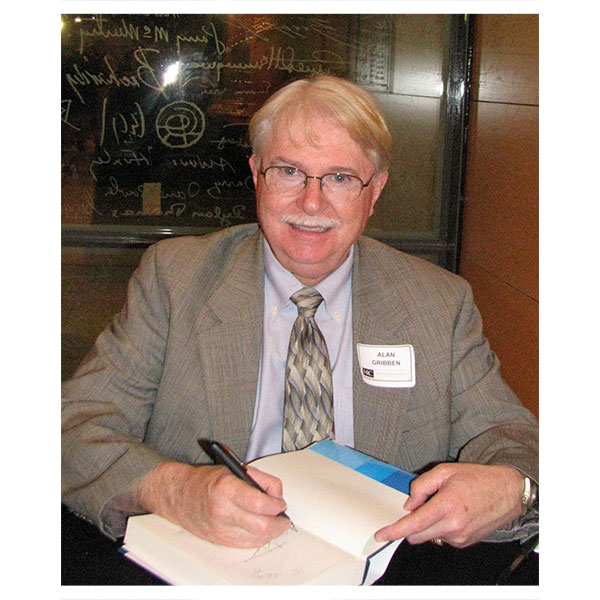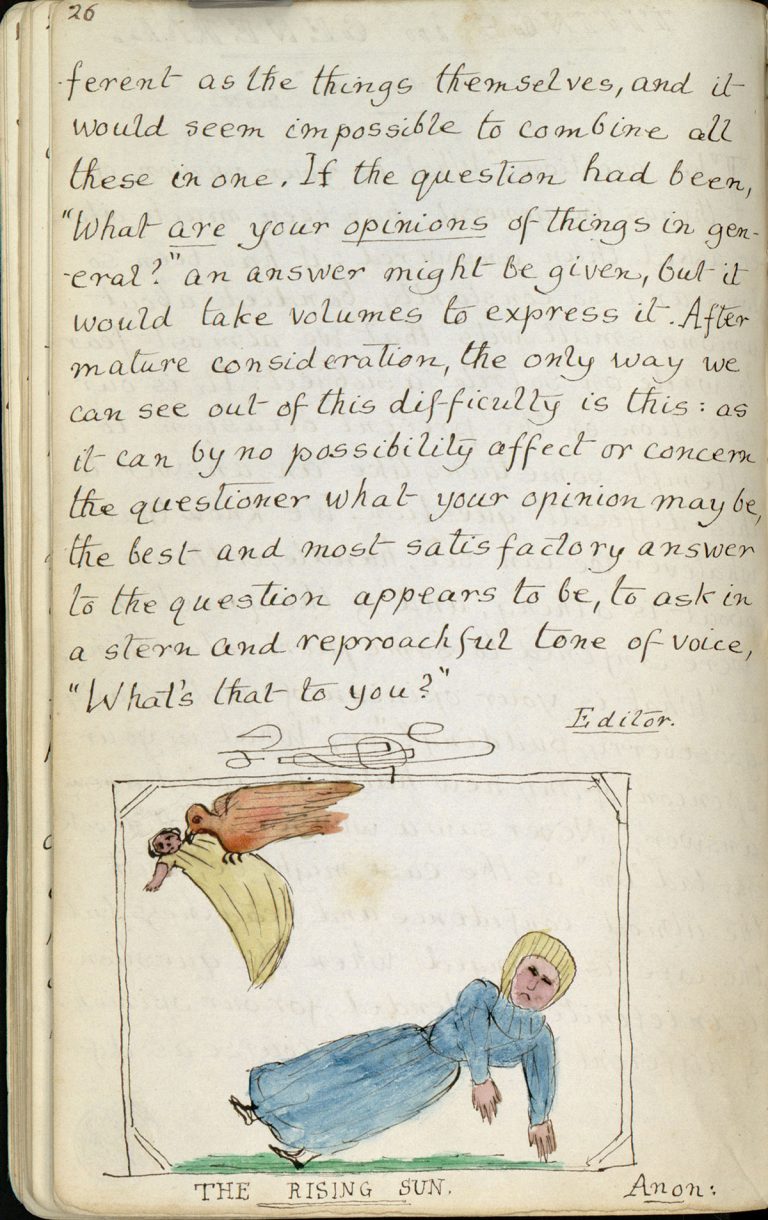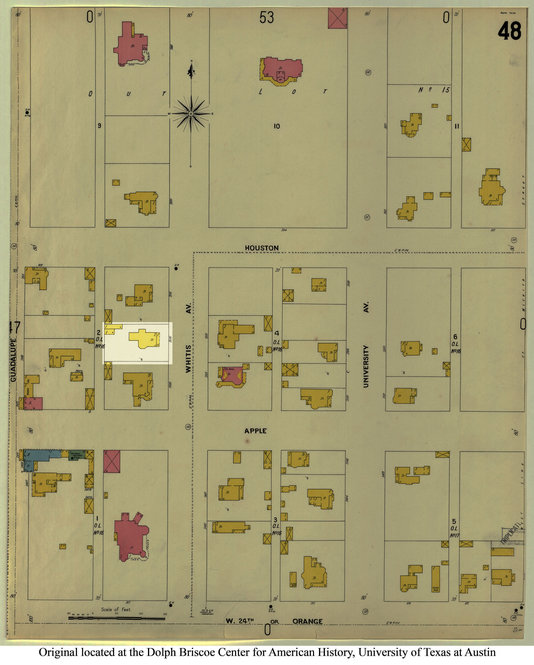Alan Gribben has spent almost 50 years hunting down Mark Twain’s formidable personal library, which housed more than 3,000 titles. In the first volume of his findings, Mark Twain’s Literary Resources: A Reconstruction of His Library and Reading (NewSouth Books, 2019), Gribben presents the discoveries of his life’s work, uncovering… read more
Mark Twain
A young Lewis Carroll, “musing on milk” and “reasoning on rubbish”
Through its digital collections portal, the Harry Ransom Center has made available a remarkable example of juvenilia from its Charles Lutwidge Dodgson collection.
Mark Twain letter has close geographical tie to University of Texas
When Samuel Clemens—better known by his pseudonym Mark Twain—penned a letter in London in 1900 to the widow of his childhood best friend in Austin, he had no idea that it would be preserved more than a century later in the Harry Ransom Center’s archives just four blocks south. Today… read more




